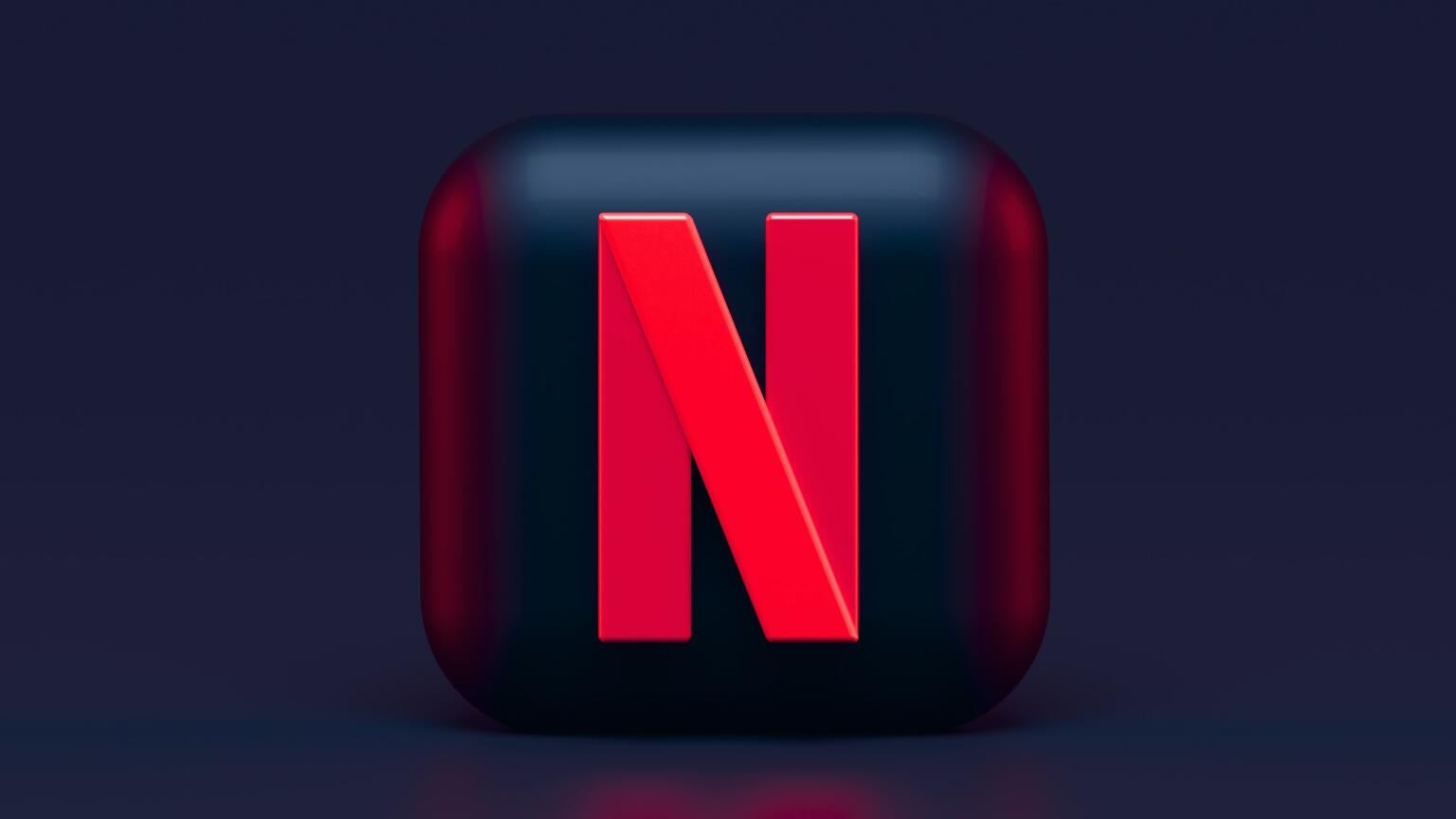
That sound you heard yesterday afternoon was every Netflix shareholder shrieking at the top of their lungs. The king of streaming services just watched its moat dry up. The Q1 earnings report was an incredible dud - the company whiffed its own estimate by 2.7 million subscribers and the stock was down 23% after-hours.
How did we get here? And how does Netflix crawl out of this hole?
Attack of the Mini-Netflixes
Despite its first-mover advantage in the online streaming space, competition has exploded in recent years. This has been hurting Netflix on two fronts.
First, the vast Netflix library has been compromised as legacy media companies pulled back library titles for their own services. “The Office” moved to NBCUniversal’s Peacock, WarnerMedia’s HBO Max reclaimed “Friends,” and movies from those companies vanished from Netflix, never to return again. That means Netflix has a smaller pool of movies and shows to pull from. Only studios like Lionsgate or Sony are free agents - every other studio has its go-to streamer in-house.
The second issue comes on the original front. The past year has seen some amazing original television. HBO Max has had “Euphoria,” “Station Eleven,” “Winning Time,” and “Succession.” It’s a bold mix of originals, miniseries, and shows based on existing properties.
Paramount+ has a hot property in the “Yellowstone” prequel, “1883.”
Despite woeful neglect from parent company Disney, Hulu has produced buzzy titles like “Only Murders in the Building,” “The Dropout,” and “Pam & Tommy.”
Even Apple TV+ seems to be on a hot streak with fantastic shows like “Pachinko” and “Severance,” and the Best Picture Academy Award winner, “CODA.” (More on that in a moment.)
The library drain is real and damaging. People need “comfort food TV,” and that usually means sitcom reruns or beloved older shows. Netflix doesn’t own any of that, unless your nostalgia threshold only extends to 2013 and the first season of “House of Cards.” This is something Netflix cannot solve unless it’s willing to pay up for reruns and convince a competitor to share.
As for competition in the originals category, Netflix’s only hope is to meet or exceed its foes with better content. Every service is blowing through billions of dollars to bulk up its streaming-exclusive roster. “Soul” was a Disney+ exclusive and that cost an estimated $150 million. Throw in the next few Pixar movies (“Luca” and “Turning Red”) and that’s nearly half a billion dollars spent to create just three movies that never got a run in theaters. That’s not sustainable for Disney either, but it shows how intense the competition has become.
Netflix continues to score with shows like “Squid Game,” “Inventing Anna,” and “Bridgerton” season 2, but these hits are not coming fast enough. And while the TV pipeline is good, the movie situation at Netflix seems far less stable.
‘I’d Like to Hate the Academy…’

For the past few years, Netflix has fallen all over itself to try to win a Best Picture Oscar. Since 2017’s “Mudbound,” Netflix has burned time and money, not only on making Oscar-bait films, but on the publicity to push them to gold.
While the audience wants Disney animation or Marvel superheroes, Netflix is trotting out ponderous black-and-white films like “Roma” and “Mank.” We got warmed-over Aaron Sorkin with “The Trial of the Chicago 7” and the Martin Scorsese self-parody, “The Irishman.” Then you have this year’s primary Oscar contender, a poorly titled slog about a repressed gay cowboy in the 1920s — “The Power of the Dog.” There was also “Don't Look Up,” which had an all-star cast stuck in a long, unwieldy attempt to marry “Dr. Strangelove” to the issue of climate change.
Yes, some of these films are legitimately good. And they do have a place in any streaming service. But Apple TV+ took the first Best Picture Oscar for a streaming service with a $10 million movie about a nice girl caught between her family and her future (“CODA”). Netflix should be able to crank out dozens of those kinds of movies each year. But they’re getting caught up with the prestige of the names involved in their projects, rather than the commercial appeal of the projects they’re pitching.
Netflix continues to spend up for talent that doesn’t always bring subscribers to the service. Ryan Reynolds pops up in a new film every other month. Last year’s big gamble was “Red Notice” with Reynolds, Gal Gadot, and Dwayne Johnson. It cost $200 million to make. It stands at just 37% on Rotten Tomatoes. Allegedly, this is the most popular film Netflix has ever made, but it seems to have made no dent in the cultural consciousness.
Does Netflix want to make prestige pictures or pure popcorn cinema? Right now, it seems to be floundering with both. Also, these movies don’t have much of a rewatch factor. No one is flipping on “Ma Rainey's Black Bottom” for a third time. Contrast that to the number of times any parent has queued up “Encanto” for their toddler in the past four months.
The solution here is unclear. There’s so much clutter in the streaming space, “big names” would seem to guarantee an audience. For Netflix, that strategy is working with Shonda Rhimes, but not Ryan Murphy. Fans of Chris Hemsworth or Sandra Bullock may be happy for the next Netflix release, but their fans would be unlikely to cite one of their Netflix films as their favorite star vehicle.
We can predict now that Netflix will once again try for a Best Picture with an established director and an established star in a period drama later this year. But is that what subscribers want?
Play Next
Don’t get us wrong. Netflix is still a tremendous value and they do many things very well. But if Netflix wants to throw down with Disney and WarnerMedia without the intellectual property and the library, it’s going to need to shake things up. No one at Netflix will read this, but here are our suggestions.
Develop a Bench
Years ago, people like Roger Corman or Lloyd Kaufman were crucial to the film industry. They produced cheap films with flimsy plots, but they gave young people a chance to develop their talents on set. Kaufman’s Troma gave opportunities to Samuel L. Jackson, James Gunn, Eli Roth, and “South Park” creators Trey Parker and Matt Stone. Corman opened the door for Jack Nicholson, Francis Ford Coppola, Robert De Niro, Sylvester Stallone, James Cameron, Martin Scorsese, Ron Howard, and more.
Whether Netflix actually bankrolls low-budget beginner films for the platform, offers an apprenticeship program, or starts its own film school, Netflix has a great opportunity to upend the industry once again with new talent.
Mind the Gap
As the industry slants towards superheroes and franchises, Netflix can crank out low and mid-budget films for adults. Look back to the great breakthroughs of 1970s and 1990s cinema, and you’ll see incredible films that aren’t easily summed up by a 30-second trailer. Today’s biggest hit on broadcast television is about a family that owns a ranch. Would it be so hard for Netflix to pull that off?
It’s fine to skip the CGI and the explosions and the huge movie stars. Find good stories and give them air. The audience will find them.
Go Low
Although Netflix prices itself like prestige TV, there simply isn’t enough to justify the price against something like HBO Max. It’s time to introduce a less expensive tier of subscription. This may mean an ad-supported Netflix or a version that only unlocks older content. Right now, subscribers aren’t finding a subscription level that appeals to them, so they’re leaving.
Go High (Def)
Include 4K with the standard subscription already. Disney+ and HBO Max do. It’s weird that Netflix won’t.
Tack on a Track
In the glory days of DVD, we often got to hear directors’ commentaries or see deleted scenes or outtakes. These would be easy additions that enhance the experience for fans, and they may already exist without additional cost.
Off to the Races
Netflix is a great service. We love it. And we need a thriving Netflix to keep the movie studios innovating. But Netflix works best when it’s doing its own thing, and not trying to copy the Marvel Cinematic Universe or a Miramax Oscar darling from 25 years ago.
In fact, getting socked with slowing growth is one of the best things that can happen to Netflix. It will force them to pivot and innovate and create better content. After a long head start, the enemy is at the gates. Now we’ll find out what Netflix is really made of.
Related: Ultimate Streaming Tournament: Final Round - Which Service is Best in 2022?
